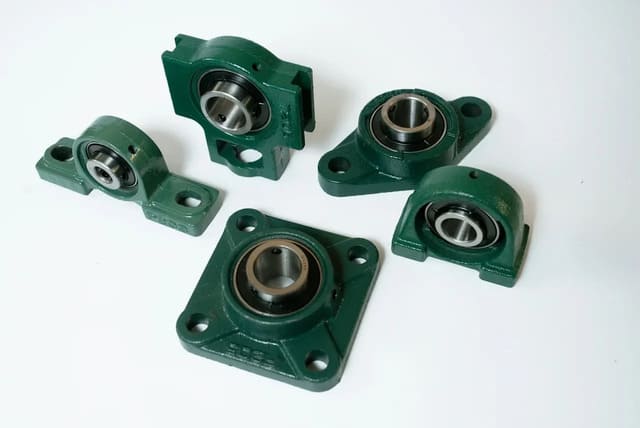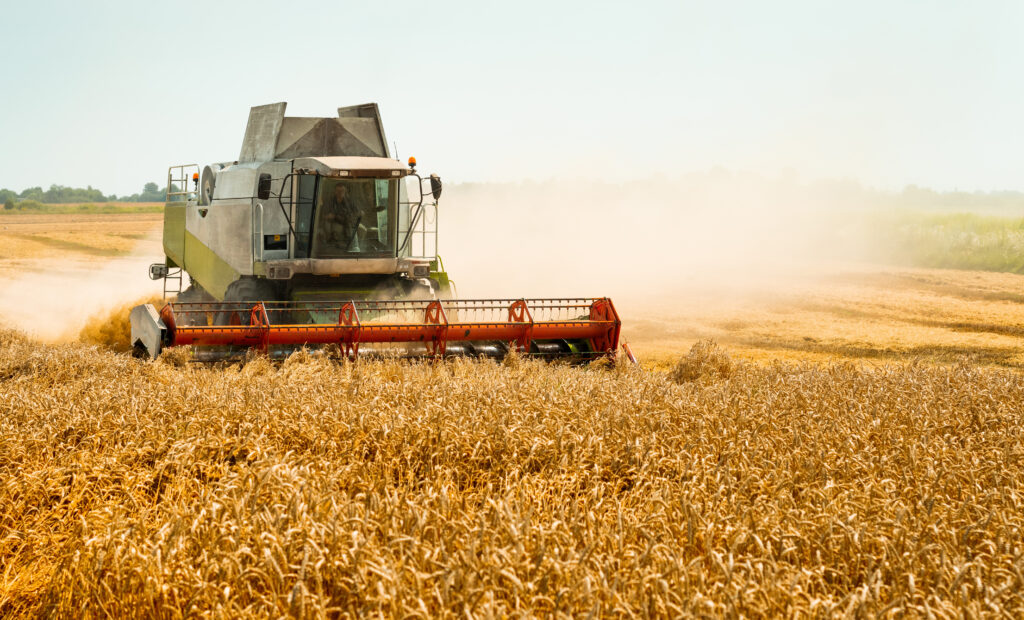Bearing units are integrated assemblies that consist of a bearing (typically a ball bearing) mounted within a housing. The housing provides support and positioning for the bearing and can be made from various materials, including cast iron, stainless steel, or thermoplastics. Bearing units are designed to support rotating shafts and are commonly used in machinery to reduce friction and wear.

How Do Bearing Units Work?
Bearing: The core of the bearing unit is the bearing itself, which can be a ball bearing, roller bearing, or another type. The bearing allows for smooth rotation of the shaft while minimizing friction.
Housing: The housing holds the bearing securely in place and provides a means to mount the unit to a structure. The housing can be of different shapes and configurations, such as pillow blocks, flanges, cartridges, or take-up units. The housing also helps to protect the bearing from contaminants and maintain proper lubrication.
Sealing: Bearing units often include seals or shields to protect the bearing from dust, dirt, and moisture. These seals ensure that the bearing operates smoothly and has a longer lifespan by keeping the lubrication inside and contaminants outside.
Mounting: Bearing units are designed for easy mounting and dismounting. They can be attached to the shaft using various methods, such as set screws, eccentric locking collars, adapter sleeves, or squeeze locks. This secure attachment ensures that the bearing unit stays in place and operates effectively.
Alignment: Many bearing units can accommodate initial misalignment during installation, ensuring that the shaft runs smoothly even if there are minor errors in alignment. This flexibility makes them suitable for applications where perfect alignment is difficult to achieve.

Working Principle:
Rotation: When the shaft rotates, the inner ring of the bearing rotates along with it. The rolling elements (balls or rollers) inside the bearing facilitate this rotation by reducing friction between the moving parts.
Load Distribution: The bearing supports both radial and axial loads, distributing these forces through the rolling elements to the outer ring and housing. This distribution helps to prevent excessive wear and prolongs the life of the machinery.
Lubrication: Proper lubrication is essential for the smooth operation of bearing units. Lubricants reduce friction and wear, and the housing often includes provisions for regular lubrication maintenance.
Protection: The housing and seals protect the bearing from external contaminants, ensuring that it operates efficiently and has a long service life.
Applications:
Bearing units are used in a wide range of applications, including:
Agricultural machinery
Conveyor systems
Textile machinery
Construction equipment
Fans and blowers
Automotive systems
Industrial machinery
Their versatility, ease of installation, and ability to handle misalignment make bearing units a popular choice for many mechanical and industrial applications.

